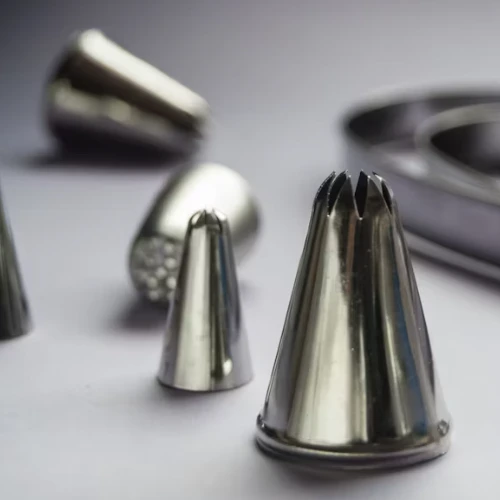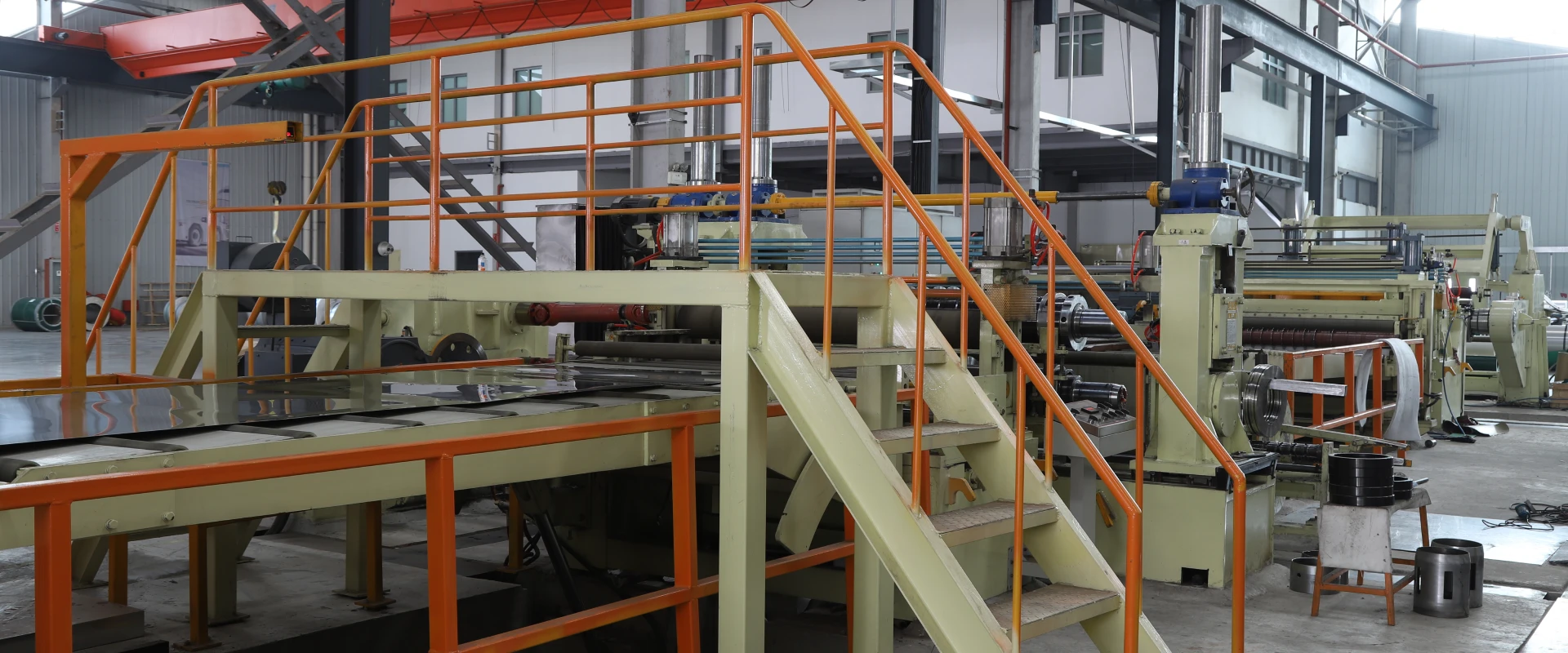Titanium Alloys in Electric Vehicles: A “Weight - Loss Campaign” from Battery Housings to Motors, Achieving 20% Weight Reduction and Withstanding 2000℃ High Temperatures?
Titanium Alloys in Electric Vehicles: A “Weight - Loss Campaign” from Battery Housings to Motors, Achieving 20% Weight Reduction and Withstanding 2000℃ High Temperatures?
In the fast - paced world of electric vehicles (EVs), every ounce of weight and every degree of temperature matter. As manufacturers strive to enhance performance, increase range, and ensure safety, titanium alloys have emerged as a game - changing material. They're not just a trendy addition; they're spearheading a “weight - loss campaign” in EVs, from the battery housing to the motor, and astonishingly, can withstand temperatures up to 2000℃. But how exactly are they pulling off this remarkable feat? Let's take a closer look.

1. The Need for Speed and Efficiency: Why Weight Matters in EVs
EVs rely on batteries to power their motors, and these batteries are heavy. For instance, a typical lithium - ion battery pack in an EV can weigh hundreds of kilograms. The heavier the vehicle, the more energy it needs to move, which directly impacts the driving range. Research shows that for every 10% reduction in vehicle weight, the EV's range can increase by 5 - 6%. This is where titanium alloys come into play. With their high strength - to - weight ratio, they offer a fantastic solution for shedding those extra pounds.
2. Titanium Alloys: The Lightweight Powerhouses
Titanium alloys are a blend of titanium with other elements like aluminum, vanadium, and molybdenum. This combination results in materials that are not only lightweight but also incredibly strong. Titanium has a density of about 4.5 grams per cubic centimeter, which is approximately 60% that of steel. Despite being lighter, titanium alloys can have tensile strengths comparable to, or even exceeding, high - strength steels.
3. Applications in EVs: From Battery Casings to Motors
Battery Casings
The battery is the heart of an EV, and protecting it is crucial. Titanium alloy battery casings are becoming increasingly popular. They are lightweight, which helps offset the battery's weight. For example, replacing a traditional steel battery casing with a titanium alloy one can lead to a significant weight reduction. Additionally, titanium alloys are highly corrosion - resistant. In the event of a minor battery leak or exposure to moisture, the titanium casing will not rust or degrade easily, ensuring the battery's safety and longevity. Some EV manufacturers are already seeing a 15 - 20% weight reduction in the battery system by using titanium alloy casings.
Motor Components
EV motors generate a substantial amount of heat during operation. Titanium alloys, with their ability to withstand high temperatures, are ideal for motor components. The rotors and stators in some advanced EV motors are now being made from titanium alloys. These components can maintain their structural integrity even at temperatures approaching 2000℃ in extreme operating conditions. This not only ensures the motor's reliability but also allows for more efficient cooling designs. By reducing the weight of motor components, the overall efficiency of the motor is improved, as less energy is wasted in moving heavier parts.
Chassis and Body Panels
Titanium alloys are also making inroads into the chassis and body panels of EVs. A lighter chassis means better handling and acceleration. Some luxury EV models are starting to use titanium alloy components in their chassis design. The high strength of titanium alloys allows for thinner and lighter panels without sacrificing safety. In a crash test, a titanium - alloy - reinforced body panel was able to absorb impact energy just as effectively as a much heavier steel panel, all while reducing the vehicle's overall weight.
4. Withstanding the Heat: The Science Behind Titanium's High - Temperature Resistance
Titanium alloys have a unique crystal structure that remains stable at high temperatures. When heated, the atoms in the alloy rearrange in a way that maintains the material's strength. The addition of elements like aluminum and vanadium further enhances this property. Aluminum forms a protective oxide layer on the surface of the alloy, which not only prevents corrosion but also acts as a thermal barrier. Vanadium helps to strengthen the crystal lattice, making it more resistant to deformation at high temperatures. This is why titanium alloys can function flawlessly in the high - heat environments of EV motors and battery management systems.
5. Challenges and the Road Ahead
Despite their numerous advantages, titanium alloys are not without challenges. The main hurdle is cost. Titanium is more expensive to produce compared to traditional automotive materials like steel and aluminum. The extraction and processing of titanium require specialized techniques and a significant amount of energy. However, as the demand for EVs grows and more manufacturers start using titanium alloys, economies of scale are expected to bring down the cost. Another challenge is the complexity of working with titanium alloys. They require specialized machining and welding techniques. But with ongoing research and development, new manufacturing methods are being developed to make working with titanium alloys more efficient.
6. The Future of Titanium Alloys in EVs
The future looks bright for titanium alloys in the EV industry. As technology continues to advance, we can expect to see even more widespread use of these alloys. New titanium - based materials with even better properties are being developed. For example, there are efforts to create titanium alloys that are not only lightweight and heat - resistant but also self - healing, meaning they can repair minor damages on their own. This would further enhance the durability and reliability of EVs. In the coming years, as the cost - effectiveness improves, we might see more mainstream EV models adopting titanium alloys, truly revolutionizing the way we drive electric cars.
In conclusion, titanium alloys are not just a fleeting trend in the EV world. They are a key ingredient in the recipe for building more efficient, longer - range, and safer electric vehicles. With their ability to cut weight and endure extreme heat, they are set to play an increasingly important role in the future of transportation.

